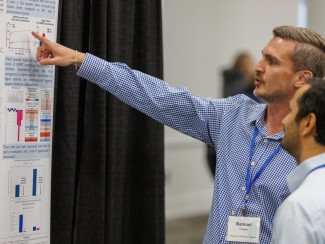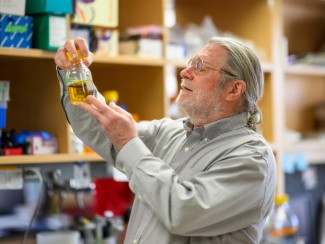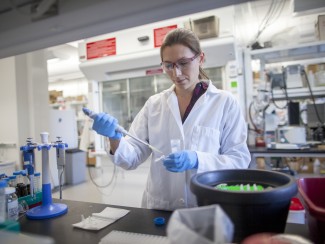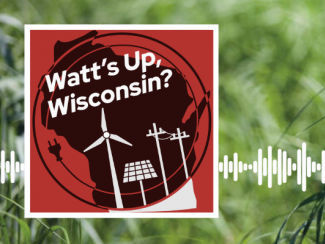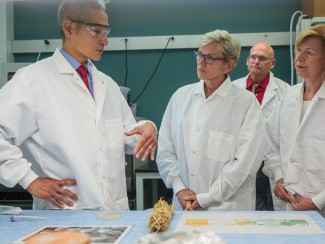WEI investigator Jean-Michele Ané uses the Hancock Agricultural Research Station to study varieties of corn that pull nitrogen from the air, forgoing the need for expensive and environmentally damaging fertilizers
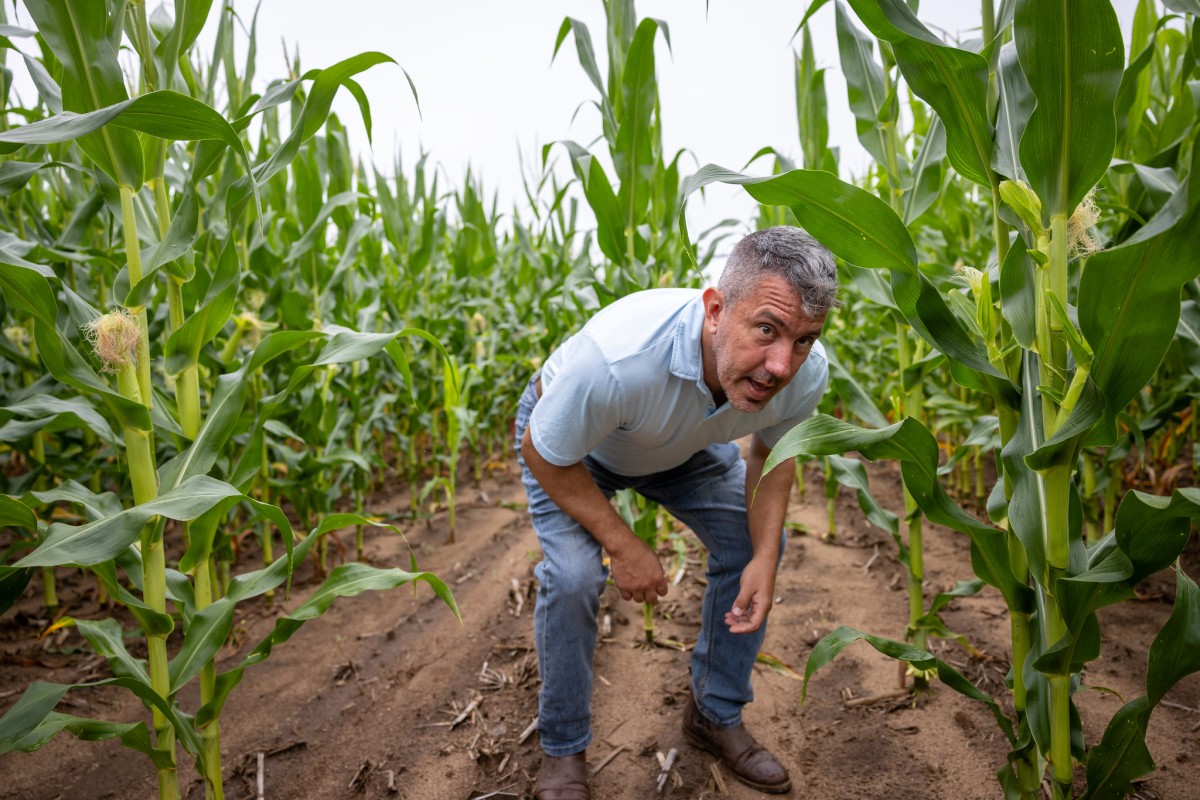
Jean-Michele Ané's corn research is highlighted in a new series of stories on ways that UW–Madison's agricultural research stations help give Wisconsin farmers an edge.
***
Located in Wisconsin’s aptly named Central Sands region, Hancock Agricultural Research Station might just usher in a new era for corn growers in Wisconsin and around the world.
As one might guess, ample watering is necessary in these sandy fields, which drain like a bathtub with the plug pulled — rinsing away most of the nutrients plants want, including all of the nitrogen. As it happens, that’s exactly what Jean-Michel Ané, a professor in UW–Madison’s plant and agroecosystem sciences and bacteriology departments, was looking for.
“We’re so lucky to have Hancock station,” says Ané, whose work is supported by the U.S. Department of Agriculture. “It’s actually very unique in the United States, and perfect for field trials of our corn hybrids.”
To fully grasp the significance of these hybrids, it’s important to know what it takes to grow corn. It takes nitrogen — a lot of it.
The sheer volume of synthetic nitrogen fertilizer needed to grow corn is a substantial hit on a farmer’s pocketbook but also has broader implications for local groundwater contamination and global energy production.
For more than a decade, Ané has been studying varieties of corn from Oaxaca, Mexico, that have found a source of nitrogen that would make a stage magician proud: They pull it right out of the air.
“The corn from Mexico has this relationship with nitrogen-fixing bacteria that is very happy living in a gel produced by bundles of roots that grow out from the stalks into the air,” says Ané. “They can get as much as 80% of their nitrogen from the air through bacterial colonies that live on their roots.”
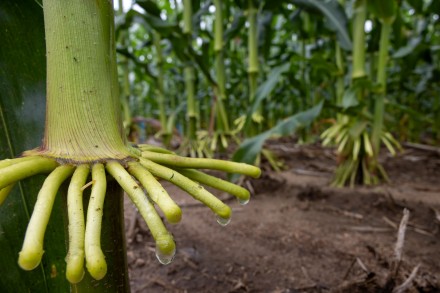
Ané’s lab wants to breed a new type of corn that keeps this amazing nitrogen-fixing ability intact, resulting in plants that do what Wisconsin farmers want them to do without the need for so much nitrogen fertilizer. The inability of Central Sands soil to retain water and nutrients makes it the perfect testing ground for this corn because it starts each season devoid of nitrogen.
“That gives us a very useful baseline to work from in our experiments,” says Rubens Diogo Jr., a postdoctoral researcher in Ané’s lab. “We know if we don’t put nitrogen into a field like a typical farm would, the plants in that field aren’t getting nitrogen left over from past years.”
On a few hot days in the early summer, Diogo’s crew of undergraduate students walked the rows of hybrid corn, spraying the plants with a slurry that includes strains of nitrogen-fixing bacteria grown in Ané’s lab. About half the plants of each hybrid corn variety get fertilized like a typical Wisconsin corn field. The other half goes without.
The scale of the experiment – 152 hybrids, 1,400 plots and more than 200,000 total corn plants — is staggering. And results so far are promising. Last year, some of the crosses that received no nitrogen fertilizer applications produced the same yield as plants that got all the fertilizer they would on a typical farm.
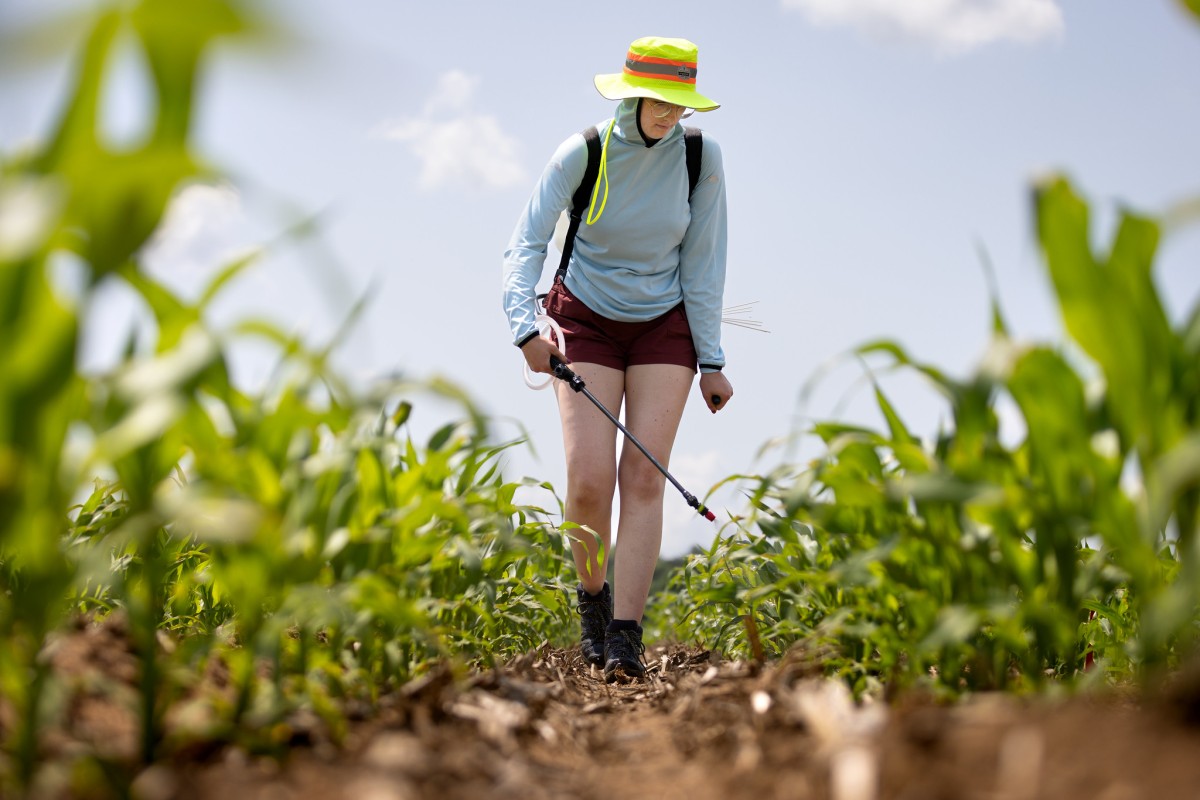
In late July, crunching through a sandy Hancock field between tall stalks of corn, Diogo points out rows of experimental hybrids that look promising — with clumps of chubby roots reaching out into the air maybe 10 inches off the ground — and rows that look like duds, sporting few or no air roots and withering leaves.
In a couple more months, these plants will be harvested and analyzed for key production measures, such as height, flowering times and grain quantity. That data will help them answer the most common question they get from the Wisconsin farmers who have seen the plants and heard Diogo and Ané describe their promising results.
“They want to know about applying the bacteria and yield and things like that,” Diogo says. “But they get excited and really they have one question for us: When will I be able to plant these plants?”
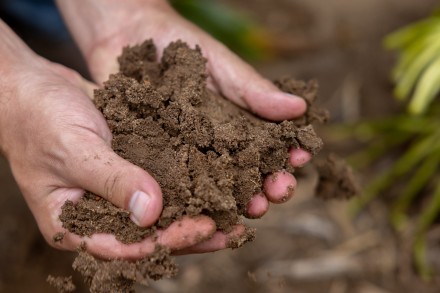
The future is where the farmers are looking when they turn to the UW–Madison scientists and staff working at the research stations. It could be a generation in the future. Or next year. Or later that afternoon, as they speed-dial Rodrigo Werle while standing over a stubborn patch of weeds.
“It’s a great team, with Extension and a group like this,” Charles Hammer says of the researchers. “They have ideas. We have ideas. We’re coming together to compare notes as we go.”
Hammer, with a partner, farms about 1,800 acres in Dodge County. To stay on the leading edge and make his farm as successful as possible, he takes every opportunity to pick scientists’ brains and walk the station fields where they’ve done their work.
“To have a group like this, people that are very forward, always looking in the future, is very valuable,” Hammer says.
That makes looking after the future of the Agricultural Research Stations important, too.
Mike Peters can rattle off a seemingly endless list of projects around the network of stations tracking diseases like potato blight, publishing reports on new varieties of crops, working on drought-hardy turfgrass and more.
“UW faculty are charged with solving the next generation’s problems,” Peters says. “All the producers in the state of Wisconsin, regardless of agricultural commodity, rely on UW–Madison for information to help them succeed. We want to be forward-thinking for those people. With support, we can make investments in technologies and equipment and facilities that address emerging problems and emerging crops, and supply new ideas for Wisconsin to grow.”
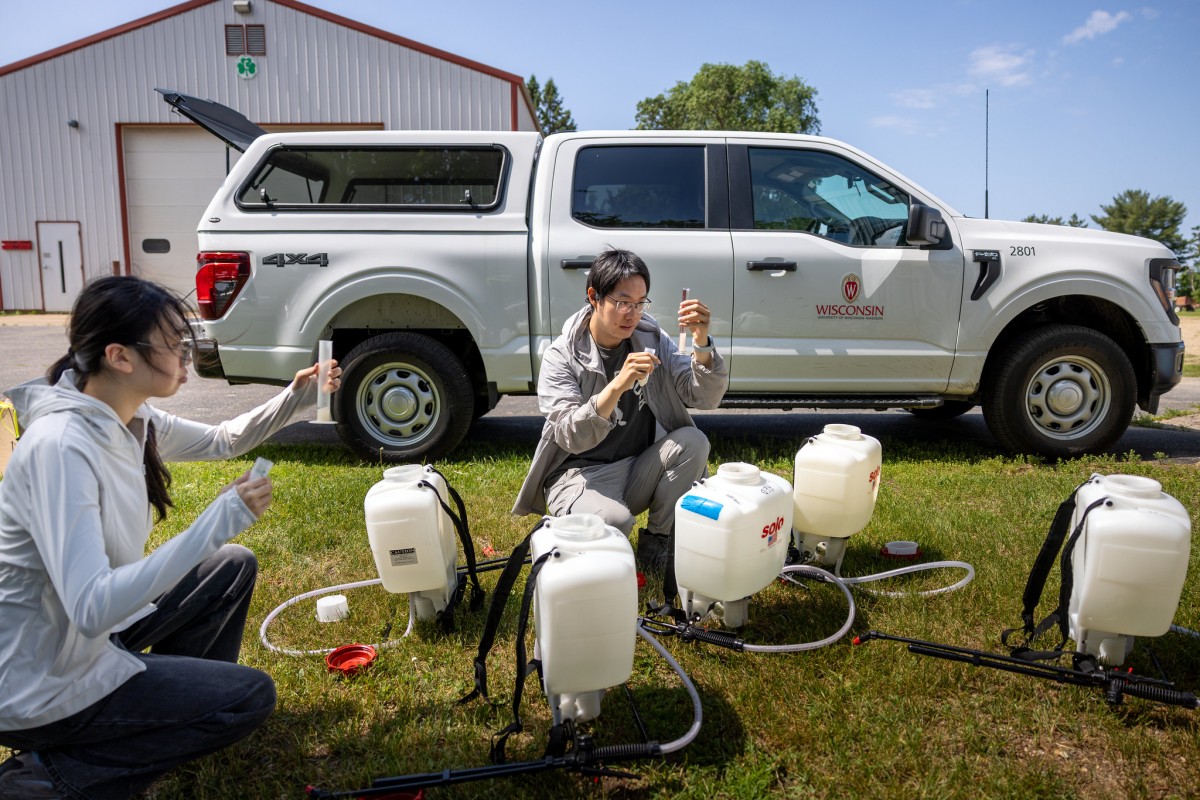
The UW–Madison’s Agricultural Research Station network is supported by the university and through state and federal funding. Individual on-station research projects are funded by a variety of sources, including the U.S. Department of Agriculture, National Science Foundation, U.S. Department of Energy, National Aeronautics and Space Administration, Wisconsin Department of Natural Resources, agricultural commodity groups, private industry and other sources.
Research at the University of Wisconsin–Madison drives innovation, saves lives, creates jobs, supports small businesses, and fuels the industries that keep America competitive and secure. It makes the U.S.—and Wisconsin—stronger. Federal funding for research is a high-return investment that’s worth fighting for.
Learn more about the impact of UW–Madison’s federally funded research and how you can help.

